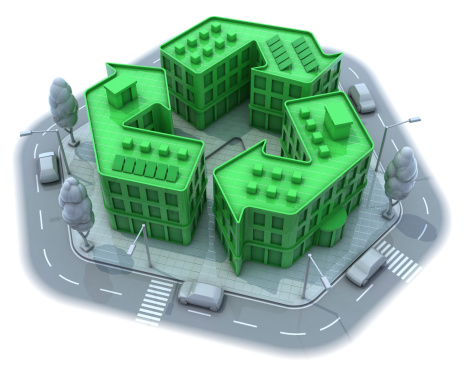

In this Edition
Construction
Management Specialists
111 Pine Street, Suite 1315
San Francisco, CA 94111
(415) 981-9430 (San Francisco office)
1663 Eureka Road
Roseville, CA 95661
(916) 742-1770 (Sacramento office)
9449 Balboa Avenue, Suite 270
San Diego, CA 92123
(619) 518-5648 (San Diego office)
8538 173rd Avenue NE
Redmond, WA 98052
(206) 571-0128 (Seattle office)
2063 Grant Road
Los Altos, CA 94024
(650) 386-1728 (South Bay office)
9705 Cymbal Drive
Vienna, VA 22182
(703) 268-0852 (Washington, DC office)
www.TBDconsultants.com
BIM has lost its 'new boy on the block' label, and is becoming mainstream, so there must be benefits to it. But are there also drawbacks? Here we look at both sides of the coin.
As we enter a new year we find a feeling of optimism in the construction industry. In this article we look at what we've been through, where we are now and try to identify the main obstacle that still needs to be overcome.
ZEB stands for Zero Energy Building, but that can mean different things to different people.
What might be considered to be the ultimate ZEB is an off-the grid building. This generates enough energy to keep the building operational, and needs to incorporate some means of energy storage for periods of time when the solar or wind-powered sources are not available. Since one of the goals of having a ZEB is to be kinder to the environment, the use of diesel-powered generators would definitely be frowned on.

At the other end of the spectrum would be a ZEB that gets all its power from the electrical grid, but contracts to get the power from 100% renewable resources.
Others produce power from renewable sources on site, feeding power back into the grid during times when they are producing a surplus, and relying on power from the grid at other times. If they put at least as much power into the grid during times of surplus as they draw out at other times, they can say they are Net-Zero. How that calculation is made can vary, from straight wattage to making allowance for losses during production and transmission, and the question of the source of the power taken from the grid (whether it is renewable, non-polluting, or not) may or may not be considered.
Other assessments might take into account the cost of the energy, offsetting the cost of power taken from the grid with the cost of power drawn from it.
But whatever definition is used, and whatever political motivation is behind it, the end result is a more sustainable environment that is also friendlier to the planet and to the life on it, so we won’t argue semantics too much.
Design consultant: Katie Levine of Vallance, Inc.